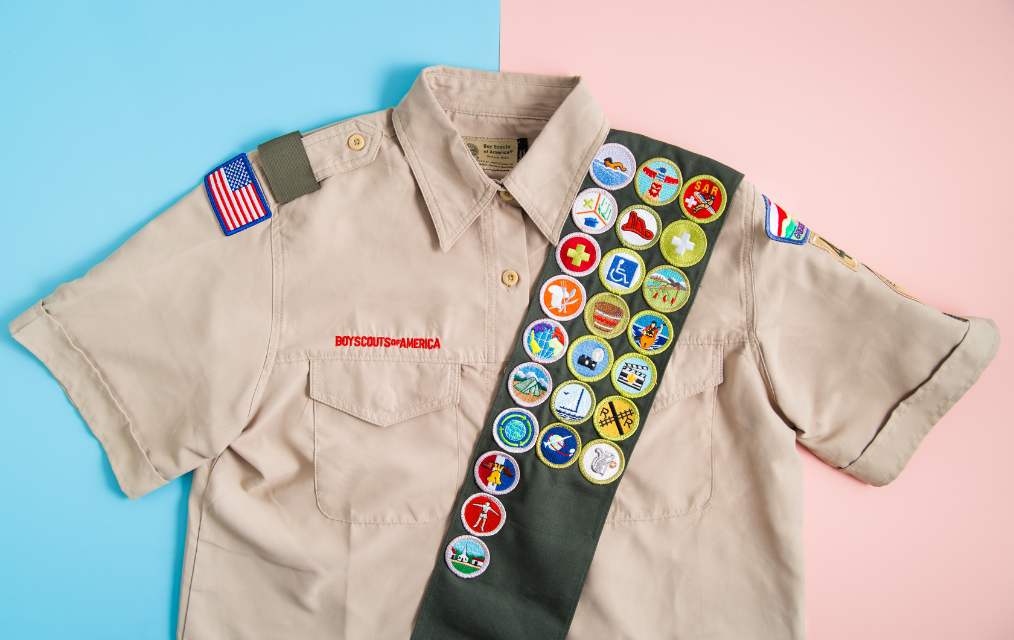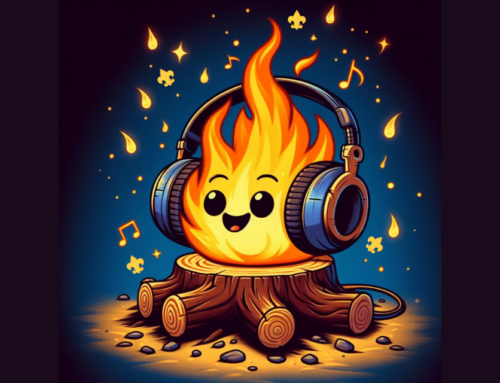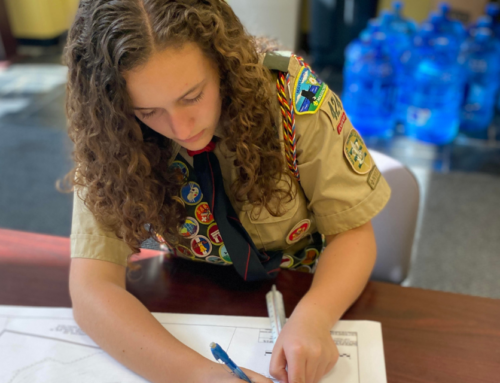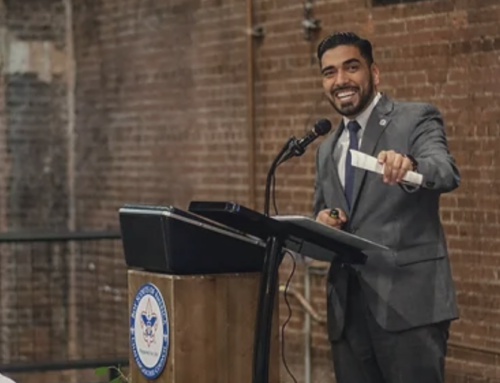From Army hand-me-downs to Oscar de la Renta, the Boy Scout uniform is, itself, a story…
As you put on your Scout uniform, did you ever catch yourself wondering, how did we get here?
After all, it’s one of the most iconic ensembles on earth. No matter where you’re from, everyone can picture a Boy Scout.
A neckerchief, olive green, and khaki – top it with a hat (and knee-high socks); even parodies like Russell’s “Wilderness Explorers” in Pixar’s Up and Sam Shakuski’s Khaki Scouts in Moonrise Kingdom can’t escape the ubiquitous nature of the classic Boy Scout (or Cub Scout) getup.
That’s part of what makes those films so great. No matter the color, on and off-screen, a Boy Scout uniform tells the viewer a lot of information, even before anyone speaks.
For example, we’re laughing because Russell goes to great lengths (and heights) to earn an important merit badge. We believe Sam can do anything because of his Scout uniform (and seemingly magic backpack).
Meanwhile, and perhaps most importantly, Life Scout Henry Jones Jr. wearing a Boy Scout uniform in Indiana Jones and the Last Crusade tells you all you need to know about Indy’s character (and gives clues as to why Dr. Jones wears durable adventures gear and a wide brim hat as he gets older).
What’s unique about the BSA uniform, with an over 111-year history, remains its utilitarian construction. Its durability. And its ability to tell a story for the wearer.
Over the last few months, Stan “Scouter Stan” Richards has posted three vlogs explaining the importance of the Scout Uniform and how it evolved over more than a century.
And speaking of Oscar de la Renta, Scouting Wire did a whole breakdown of the designer’s work for BSA.
“We felt the uniform should meet several criteria,” de la Renta told Scouting Magazine in 1980. “It should be equitable for strenuous activity; it should be made from an easy-care fabric, and at the same time the wearer should still look like a Scout.”






